Who is Driving Your Data Culture Transformation
/There are several critical roles that are critical to increasing the maturity of your analytics. But the glue that holds it all together is the person we refer to as the Data Champion. You won’t see a job description for a “Data Champion”, but all organizations that have a strong data culture will have at least one, and likely more.
Data Champions are people who spearhead data culture within an organization. Sometimes, they are an executive or senior leader, but oftentimes, they’re the boots-on-the-ground people who are simply passionate about promoting and improving data-informed decisions for their organization. They may be part of a business team, data team, or technology team. They may be extroverts or introverts.
What does a Data Champion look like?
Data Champions are natural disruptors, communicators, and networkers who can establish, drive, and support a clear, data-informed vision. Data Champions are made, not born. You will often spot them because they will be seeking to start an internal meetup around a data-related topic or starting a data visualization competition, or maybe they will be the person who is at another’s desk showing them how to approach a data problem. They aren’t necessarily the most technical person in the room. But they are most certainly the ones who are building communities, telling stories about the possibilities, and focused on embedding analytics into every corner of the organization.
These Data Champions will be present in an organization whether they have been sought out or not. Organizations with a strong Data Culture, though, will have more of these Data Champions, and their level of empowerment and satisfaction will be higher.
What does a Data Champion do?
Data Champions play a key role in helping translate between the business and their area of the organization to help drive data usage when making decisions. They engage with business and technology partners to ensure they are smoothly working together. Further, Data Champions will have relationships with other current and future Data Champions, including those not within the Chief Data Officer’s direct area.
Data Champions are more than just translators though. They create vision, alignment, and empowerment for the teams they support. They build energy and excitement for a data-informed approach. They are skilled at working with business leaders to build trust in the analytics solutions being built. They constantly communicate the benefits that data can provide and the results that the organization has gotten from analytics investments, and they communicate the vision for the future.
Champions are Critical but not sufficient
Getting the organization moving in the right direction is obviously important. However, doing so without executive buy-in will result in frustration, limited results, and a lack of funding. Executives have to be part of the equation.
Similarly, moving forward without a technology foundation (quality data, storage platforms, reporting tools), and skilled analysts to dive into that data, will also result in limited results and frustration. The data team and technology must be a critical part of the equation.
Finally, it’s important to note that the best champions are the ones who work themselves out of jobs. “Translating” between the business and analyst teams is critical in the early going. But think of the benefits of translating; it didn’t need to happen, and both teams simply spoke the same language. Reduced friction, reduced effort, and faster/clearer communication would result. The data champion only translates until they can get the teams talking in the same “language”.
Here’s a great video about how Data Translators are critical pieces but are a stepping stone to the whole organization being data literate.









